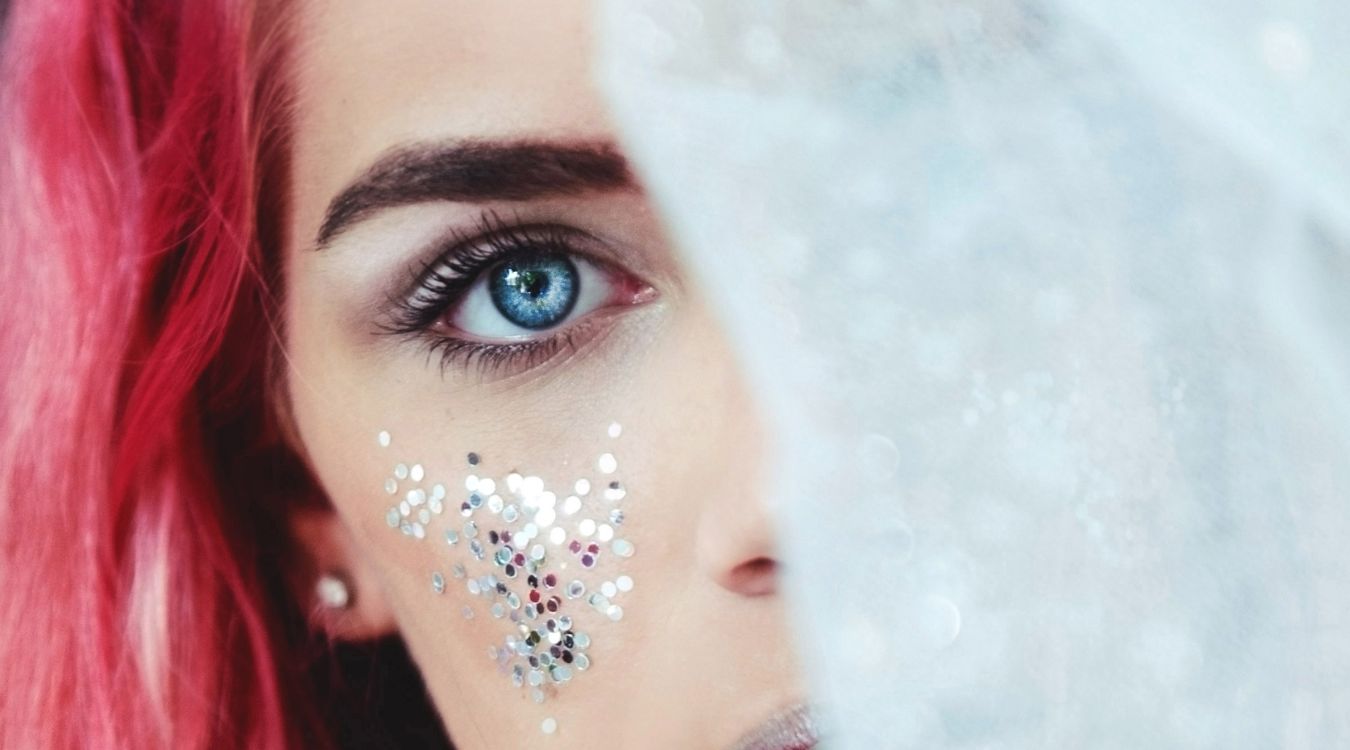Blepharoplasty Recovery: What to Expect
Recovery after blepharoplasty takes 10 days on average. The final results emerge within 4 months after the surgery. Below is an overview of blepharoplasty recovery as well as tips on how to speed up the healing process.
Blepharoplasty Recovery
An eye lift or blepharoplasty ranks number 2 in the United States of cosmetic surgeries that are performed each year with a significant shift in the number of male patients who are requesting the procedure.
An upper eyelid lift, lower eyelid lift, or a combination of both procedures can significantly improve the eye area making individuals seem more rested and youthful.
Knowing and understanding what to expect during blepharoplasty recovery can ease any anxiety you may have and make the process go more smoothly.
What Is Eyelid Surgery?
Blepharoplasty or eyelid surgery is done to refresh the eye area and remove under bags, eliminate loose crepey skin, remove “hooded” eyelids to restore a more youthful, fresh, and rested appearance.
Upper eyelid surgery eliminates excess skin that can impede vision and helps to “open up” the eye. It is performed by the surgeon making an incision hidden in the natural crease of the eyelid that allows for the removal of skin and any excess fat. Tiny stitches are then used to bring the skin together and close the incision.
Surgery done on the lower eyelids can be done with incisions directly below the lash line or on the inside of the eyelid (transconjunctival approach) which is done without visible incisions. Fat can and loose skin can be removed and under eye bags eliminated. Blepharoplasty can also be combined with other techniques such as laser resurfacing of the eyelid skin to provide optimum results and reduce lines and wrinkles.
What To Expect During Your Blepharoplasty Recovery
When patients first wake up from blepharoplasty surgery, they may become a bit anxious because their vision is blurry. During the surgery, a thick antibiotic ointment is used on the eyes to protect them and patients are normally instructed to continue using this after surgery for about a week.
Some other common postoperative side effects of blepharoplasty include watery eyes, dry eyes, swelling and bruising. The surgeon may prescribe eye drops to address dryness and patients can use ice to help mitigate swelling 24-48 after the surgery.
The doctor will provide patient-specific directions, including restrictions, for aftercare to ensure proper healing.
12 Tips To Speed Your Recovery After Blepharoplasty
- Make sure to take enough time off for your recovery and prepare in advance as much as possible (pre-cook meals, pantry stocked up, prescriptions filled, assistance with the kids, etc);
- Use ice packs on your eyes as directed (this will significantly help the swelling);
- Use the prescription ointment as directed to ensure proper healing;
- Take any other medication or eye drops (if prescribed) on schedule;
- Do not stress your eyes for the first week, avoid reading, computer usage, watching tv, etc (this is a tough one – perhaps listen to audiobooks or podcasts);
- Sleep sitting as upright as possible (propped up on pillows) to reduce swelling and excess fluid buildup. Some patients found sleeping in a recliner helpful;
- Refrain from any strenuous activity for at least the first two weeks until cleared by the surgeon (heavy lifting, vigorous exercise);
- Wear Sunglasses for at least a couple of weeks to help protect eyes from wind, dust, or sun (Your eyes may be more sensitive to light);
- Take short frequent walks at a gentle pace to keep the circulation moving;
- Take regular naps to rest the eyes during the recovery time as they will tire easily for a few weeks;
- Do not wear contact lenses for about 2 weeks or until the surgeon clears it;
- Do not wear eye makeup for 2 weeks or put anything (not prescribed) on your eyes.
Take this blepharoplasty recovery time to relax and allow yourself to heal. Follow the after-care instructions given to you by the surgeon and will be rewarded with the final results.
Is There A Difference Between Recovery From Lower Blepharoplasty And Recovery From An Upper Blepharoplasty?
Neither upper nor lower eyelid surgery is described as “painful” by patients, however, both areas will experience swelling and bruising. While each patient will recover at their own pace, using ice as directed will help keep swelling down as much as possible.
Lower blepharoplasty recovery normally takes about 2 to 2 1/2 weeks. Recovery will be dependent on how well patients follow the aftercare instructions and their ability to heal. Most patients are able to return to work within at around 10 days or so but may be hesitant due to bruising and swelling.
Recovery from upper blepharoplasty is usually a little shorter than for the slightly more complex lower lid surgery. Most patients have reported very little to no pain after an upper eyelid lift and said they only felt a bit of discomfort having to sleep in an elevated position. Usually, patients feel physically fine after 2 to 3 days but the bruising and swelling keep them away from social situations for 3 weeks to 4 weeks post blepharoplasty.
Most of the bruising is gone after a month for many patients and by the two-month point, all bruising and most swelling will have dissipated revealing the final results.
When Can I Wash My Face After Blepharoplasty?
One of the most asked questions is how patients should wash their face during blepharoplasty recovery day by day. Face washing guidelines day by day during blepharoplasty recovery may look like this:
- 1 – 2 days after blepharoplasty, the surgeon will allow patients to bathe and shower but the eyes need to stay dry so having someone help you wash your hair over the sink is recommended. Prolonged exposure to moisture should be avoided;
- 3-7 days after upper blepharoplasty the eyes can be gently washed with mild soap and water then pat lightly to dry. To minimize scarring, avoid picking at the naturally forming scabs, they will fall off when they are ready;
- Day 7: The stitches should be removed or will self-dissolve at around a week and then patients may begin their normal washing routine (still remaining very gentle);
- Day 14+ Patients can resume wearing makeup if desired.
Will I Need a Follow-Up Surgery?
The results of blepharoplasty last for many years, but the natural process of aging will not stop whether we like it or not. Normally upper eyelid surgery results last for 5 to 7 years but more than one procedure may be necessary to reach the patient’s ideal result. Lower eyelid surgery rarely needs to be repeated.
What Can I Expect In The Weeks Following Blepharoplasty Surgery?
Right after the surgery, you may experience tightness around your eyes, or they may feel tender, hot, and mildly uncomfortable, but your doctor will prescribe medication to help with these side effects. You may also have some minor sight impairments for several days, and you will be advised to avoid any activities that cause eye strain, such as reading or watching television.
At 1 week post-blepharoplasty, most patients have noticeable bruising and swelling, but the pain should be dissipating. Your sight should be clearer, but the doctor usually still encourages giving your eyes rest and continuing to avoid extended time watching TV, using the computer, or reading. (things that dry out the eyes) Typically, the stitches are removed after this week, or they dissolve by themselves.
At 3 weeks post-blepharoplasty, you will still have some swelling and bruising around your eyes, but it should start to gradually improve from here. You will probably notice that your upper eyelids are looking smoother and more defined.
By 4 weeks post-blepharoplasty, typically all the bruising and most of the swelling will have cleared up. You should be able to see definite improvements in the appearance of your eyelids with the loose skin gone. Most patients can return to their pre-surgery workout routines at this time.
At 6 weeks post-blepharoplasty, any swelling that is left over should be minimal, and you should be able to get a good idea of what your final results will look like. For the most part, the sagging and puffiness you once had should be gone, and your eyes should look more open and rested. Most patients are cleared for all activities at this point.
By 8 weeks post-blepharoplasty, you should be fully healed and looking at the full benefits of your eye lift, with the bruising and swelling gone. Your incisions should be fairly well-hidden, and your eyelids should look firmer, smoother, and more youthful, giving you a refreshed appearance.
If you are interested in learning more about blepharoplasty surgery, and the difference it could make to your appearance, schedule a consultation today with Dr. Angelina Postoev at IBI Plastic Surgery & Med Spa.







